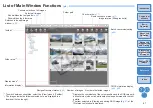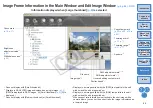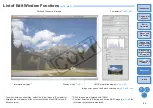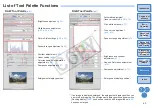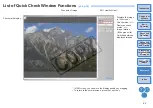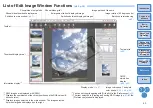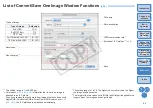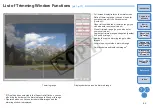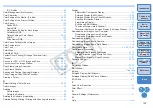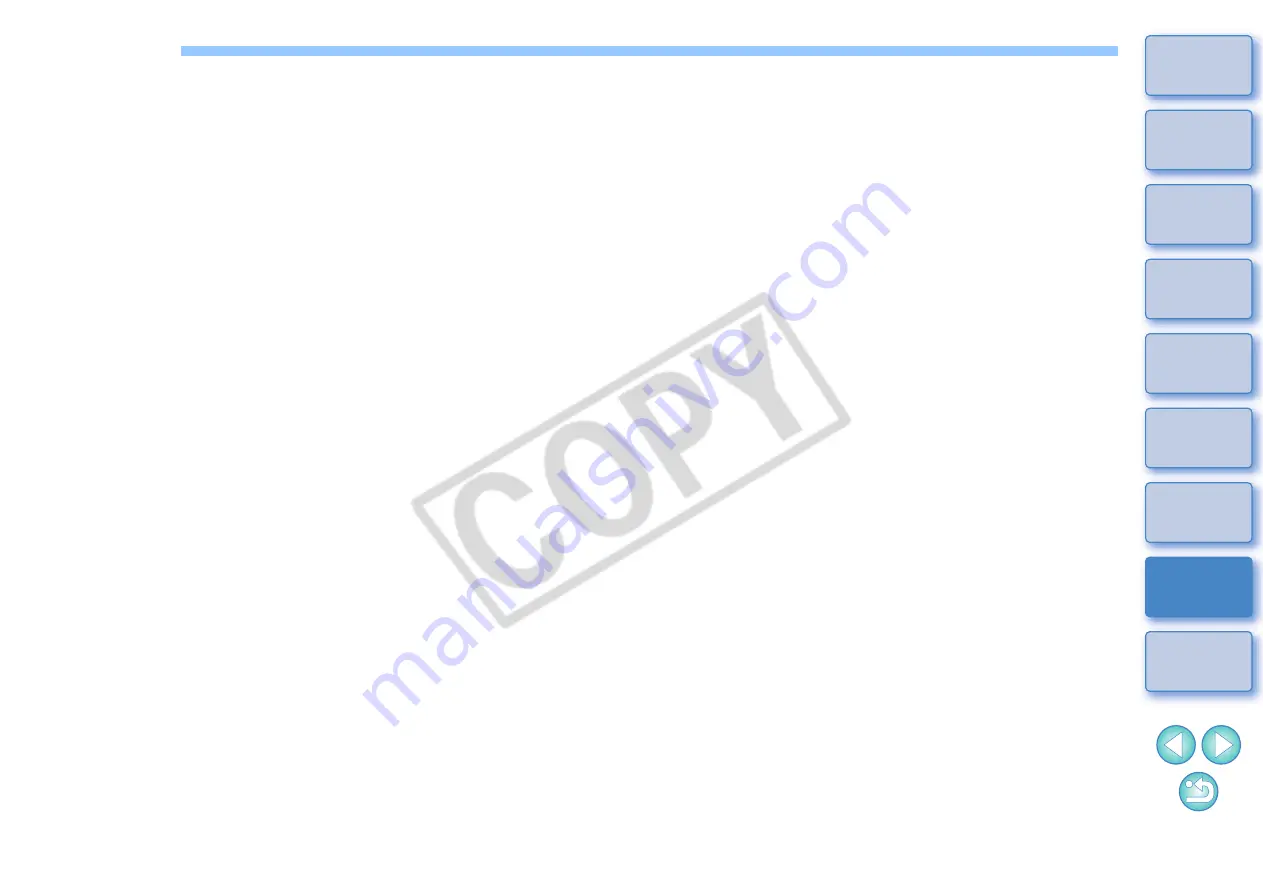
99
Glossary
RAW image
EOS DIGITAL camera RAW images are recorded in an uncompressed
14bit or 12bit format.
Because RAW images are special images in an undeveloped status,
you need software with development processing functions such as DPP
in order to view them. The advantage of the undeveloped RAW images
is that you can make a variety of adjustments to RAW images with
almost no deterioration of the image.
* “RAW” meaning “in a natural condition” or “not processed or refined”.
JPEG image
The most ordinary image in non-reversible compressed 8bit format.
The advantage of this is that by saving at a high compression rate, the
file size can be small of even image data that has a high pixel count.
Because during saving and compression part of the data is thinned out
to make the file size small, every time you edit or save, the image
deteriorates.
With DPP, even if you repeat editing/saving, only the recipe data is
modified, and no overwriting or compression occurs so the original
image data does not deteriorate.
* JPEG is an abbreviation of “Joint Photographic Experts Group”.
TIFF image
Bitmap-format image recorded in a 8bit/16bit uncompressed format.
Because TIFF images are in uncompressed format, they are suitable for
saving an image while maintaining the original high image quality.
* TIFF is an abbreviation of “Tagged Image File Format”.
Recipe
The “Image processing conditions information” for RAW images that can
be edited in DPP is called a “recipe”.
Further, in DPP, you can perform image editing on JPEG and TIFF
images that use “recipes” as with RAW images.
bit number
Binary unit of information volume in the color of an image. The number
shows the number of bits per pixel.
The larger the number of bits, the more the color numbers and the
gradation becomes smoother. A one-bit image is a black-and-white
image.
Color Management System (Color Matching)
Digital cameras that shoot images, monitors that display images, and
printers that print images each have a different way of creating color. For
this reason, there may be a difference between the color of an image
you view on a monitor and the color of an image you have printed.
A color management system is a system for managing color in order to
bring these colors closer together. With DPP, you can more closely
match color between different devices using ICC profiles between
different devices.
ICC profiles
ICC profiles are files containing color information such as color
characteristics and color space for various devices, set by the ICC
(International Color Consortium). Most devices such as the monitor we
use to view images or the printer we use to print images can be
managed (color management) using these ICC profiles and the color
between different devices can be more closely matched.
DPP has color management that uses these ICC profiles.
Tone Curve
A tone curve shows values before adjustment (input) as the horizontal
axis on a graph, and the values after adjustment (output) as the vertical
axis. Since the values of before adjustment and after adjustment are the
same before any adjustment is made, the tone curve displays as a
straight line from bottom left to top right, and by changing this tone
curve, you can adjust in detail the image’s brightness, contrast and
color. The more you go right on the horizontal axis, the more the plus
value it becomes, and the higher you go on the vertical axis, the more
the plus value it becomes.



